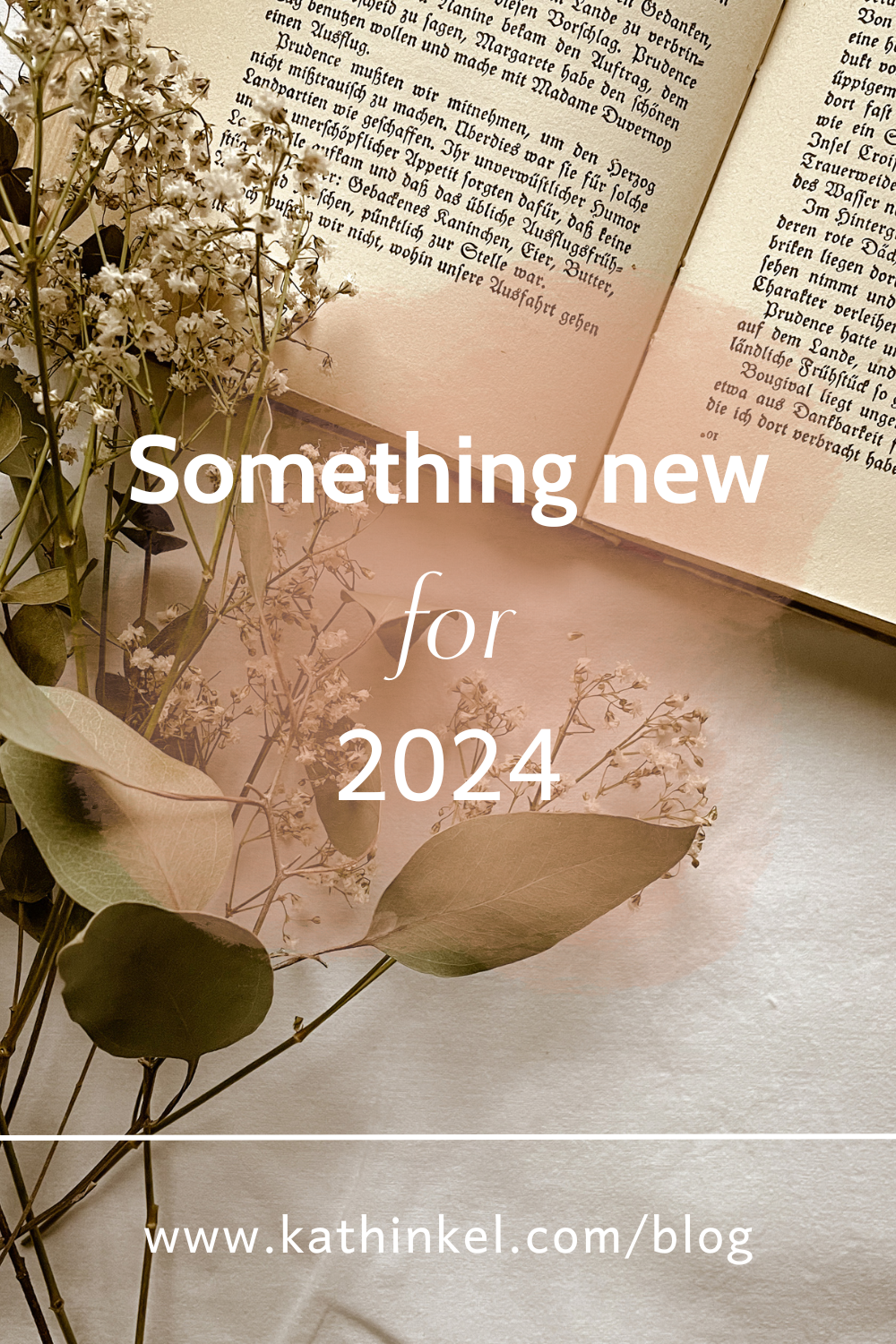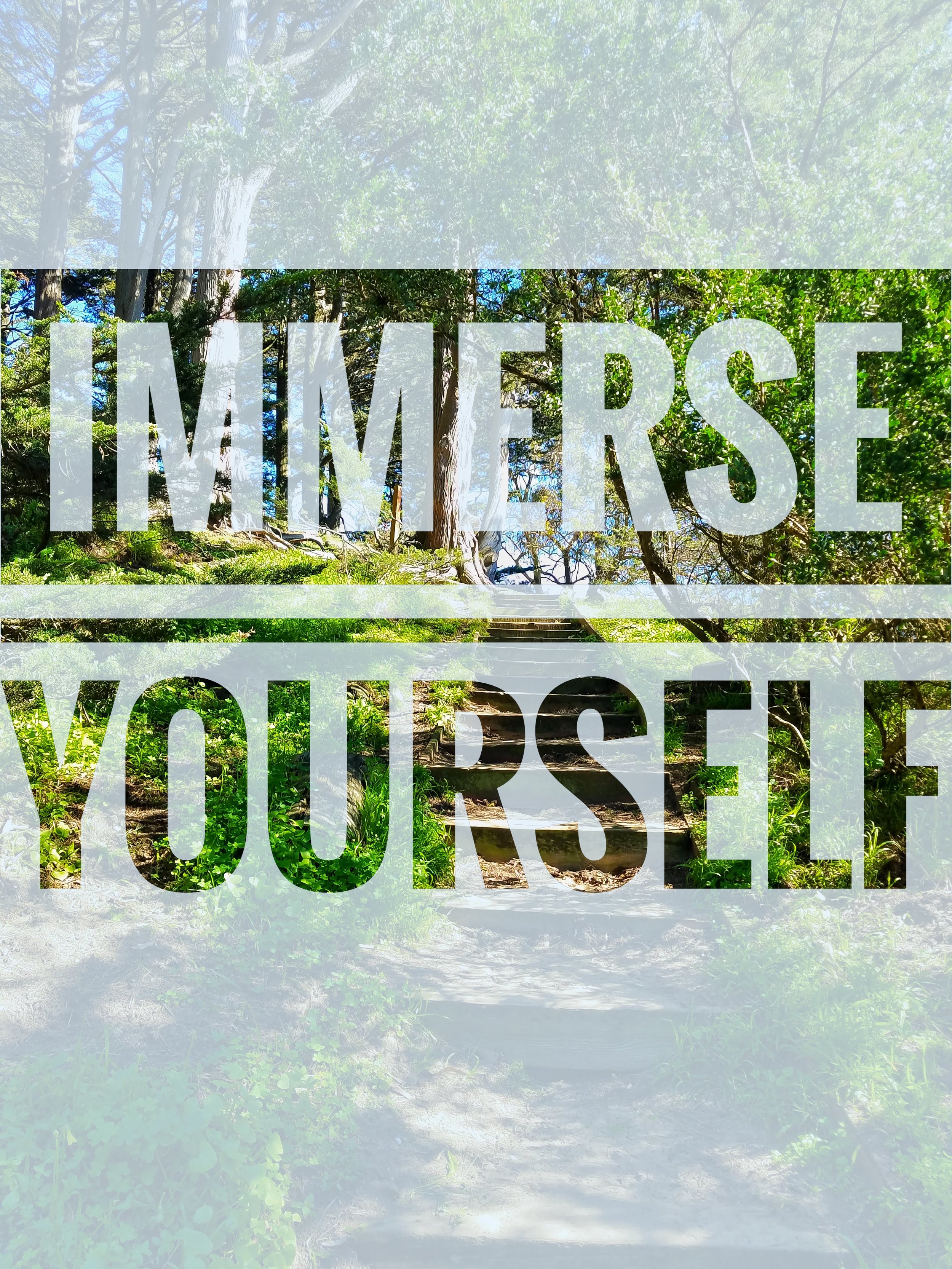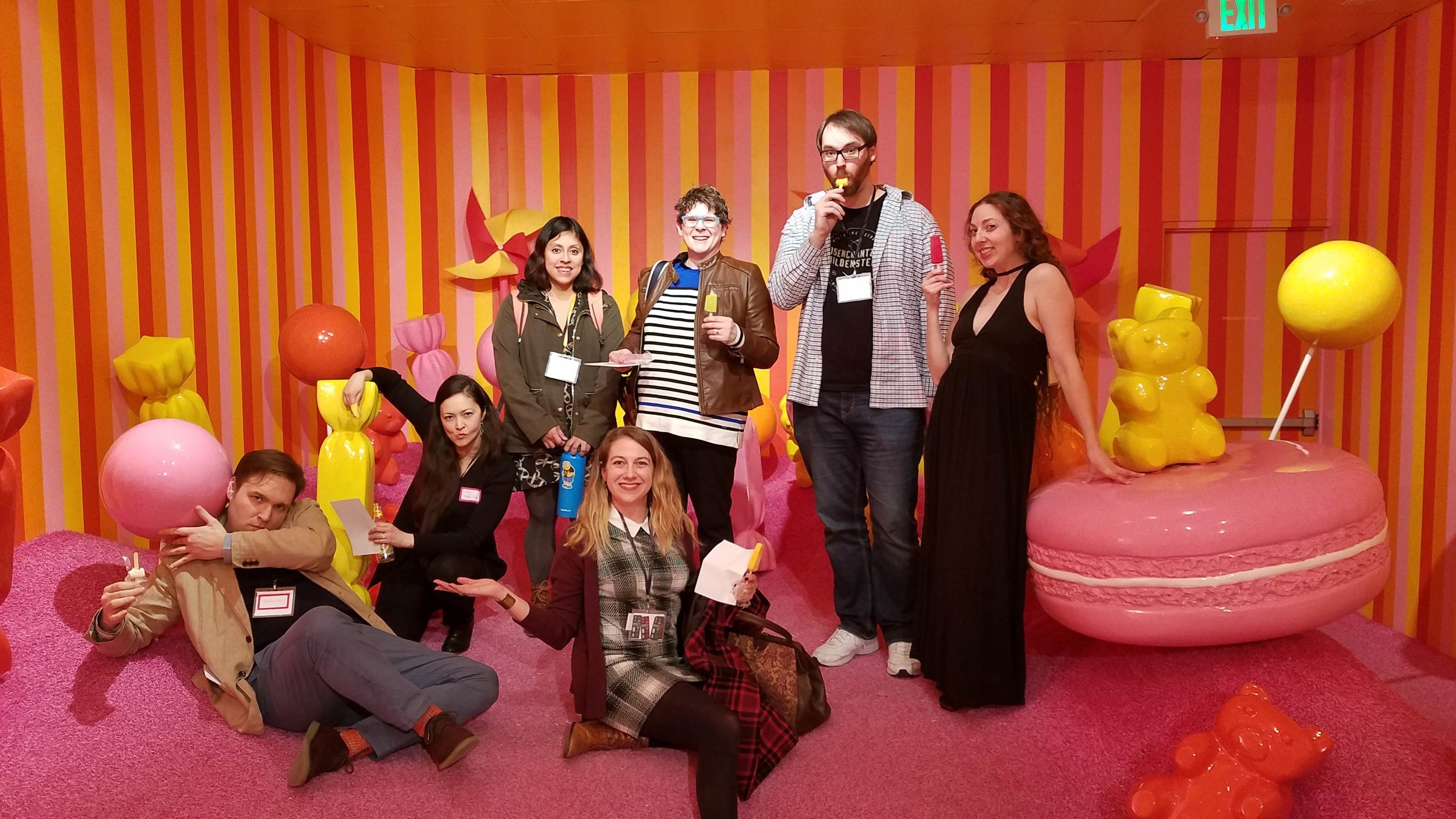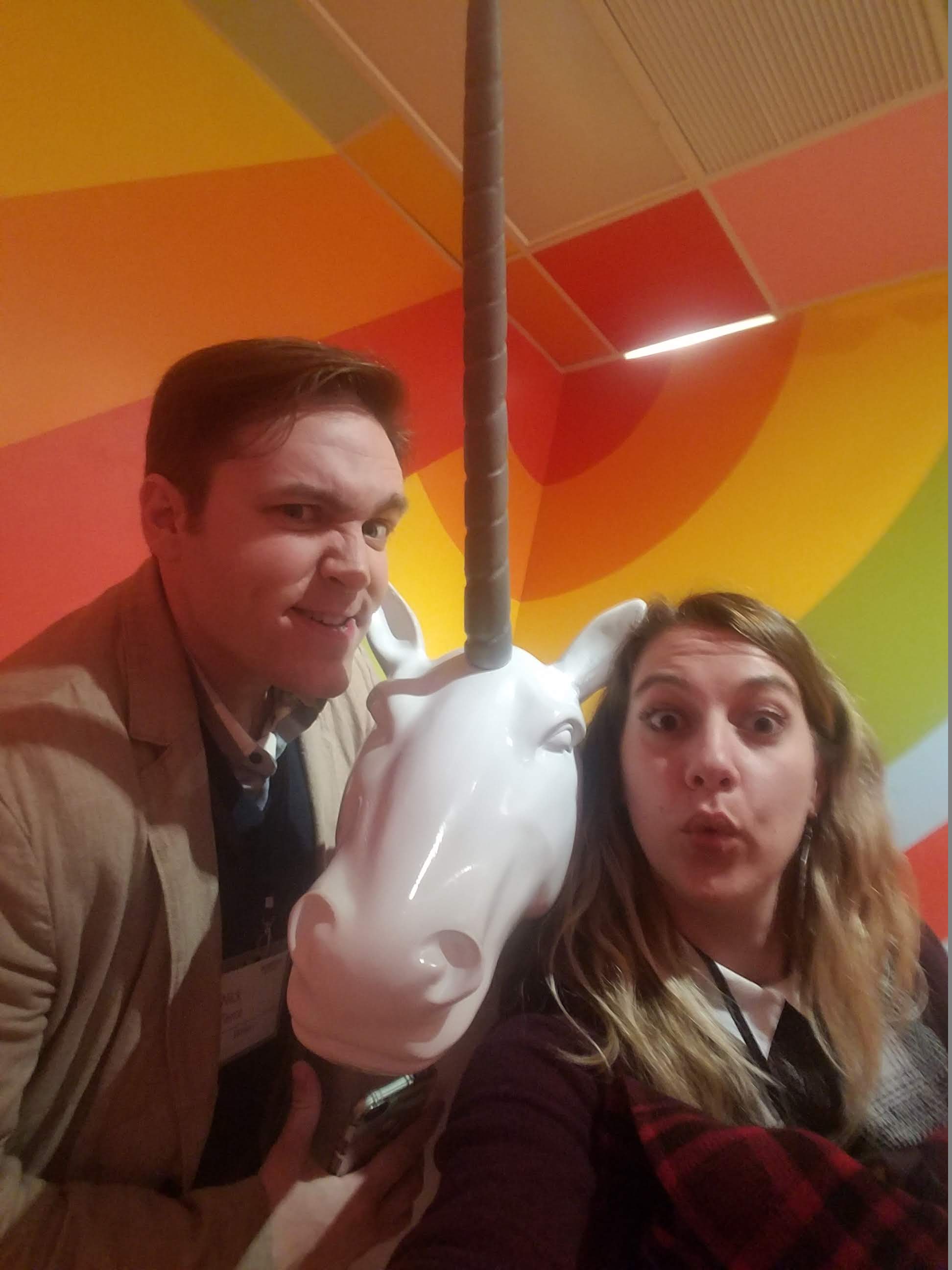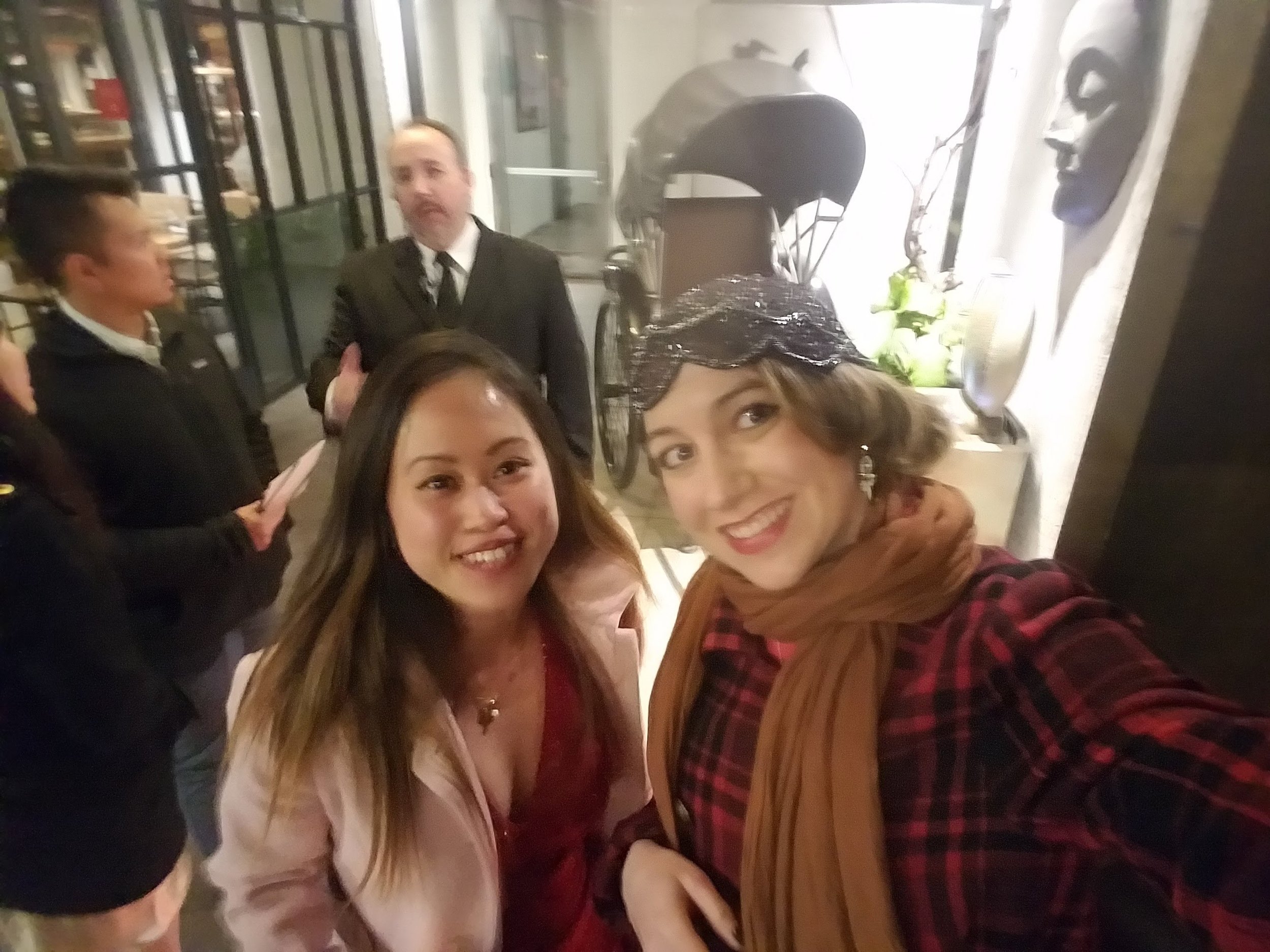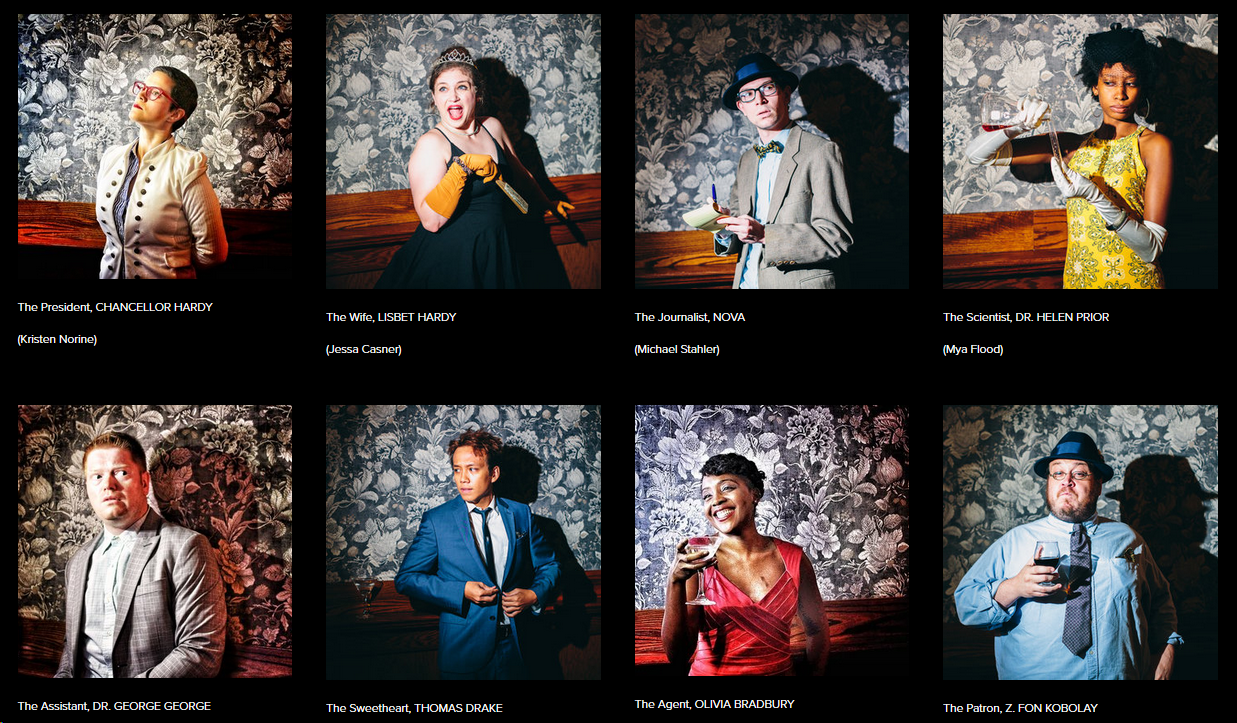It’s been a week since Netflix’s Black Mirror: Bandersnatch dropped, bringing a mainstream update to the choose-your-own-adventure stories we all love. Last Friday, I sat down to watch with my boyfriend, excited to finally experience something I’d been eagerly anticipating. We played through, taking turns making the choices, until we hit a credits scene. I think we saw about 3 endings.
In the ensuing week, I’ve read numerous think-pieces about it, watched Netflix’s behind-the-scenes videos, and dreamed about where this could go. I especially love/fear this Westworld-esque take on how Netflix can use people’s choices to start marketing more directly to them. (I fully expect a future Black Mirror episode to delve more deeply into this idea. How meta.)
But as an immersive theater creator, I saw even more possibility. My first immersive theater show, SPIES!, used a chat bot to allow the audience to vote between two choices for the main characters to make at several points within the show, ultimately leading to one of three endings.
I’d love to say “I did it first, Netflix!” (Narrator: She did not, in fact, do it first.) but really, immersive theater at its best has been and IS the embodiment of audience choice determining story experience. Even when the ending doesn’t change, many shows have simultaneous scenes, and no one in the audience sees the same thing. The difference in experience for each person is one of the elements that makes immersive theater (and Bandersnatch) so great to talk about. Your experience and my experience were different, and only together can we reconstruct the whole picture of the story.
I’d like to present what I see as the challenges, advantages, and personal preferences in audience-driven storytelling for both live theater and filmed TV or movies.
Challenges: Live vs. Filmed
Logistical nightmares. Keeping track of all the branches is really difficult, both for the writer/creator, and for the actors. In my first iteration of the flowchart for SPIES!, I imagined a story that branched at each choice, ultimately ending up with eight different endings. I thought this would be awesome until I consulted some actors, and they informed me that it might make things difficult to remember. I also found writing three endings to be plenty. The Bandersnatch team has spoken about the difficulties of keeping the narrative branches straight, and of the need to build a new software to handle the script. The actors also had to learn several versions of the same scene. I’d say that in both cases (live and filmed), there are similar logistical challenges.
Emotional satisfaction. Audience choice and branching narratives can often interfere with the third rail (see: STORY GENIUS), because if there are different endings, the emotional outcome will be different. Some endings and branches will be inherently less satisfying. And in a larger piece, if the whole group is voting, certain guests will not get to see the choice they preferred come to fruition. It’s easy to let the choice element be a gimmick, and to ignore the emotional heart of the story. But that is never going to create the resonance that makes a story stick with you. (My favorite Bandersnatch ending is definitely the most emotionally resonant one. THE BUNNY!!!) I’ve also been to “sandbox” immersive theater shows that haven’t delivered a clear third rail because I missed key scenes (my fault? the creator’s fault?) and left feeling less than satisfied.
Audience members aren’t storytellers and they choose things for different reasons. Some just want to “break” the show. Some are over-eager, distracted by the “wrong” things, biased, whatever. They are live people in a live theater setting, set loose. Shepherding an audience member along on an emotional journey is a huge challenge in linear storytelling. Make the thing non-linear, and who knows what someone will get out of it.
As audience choice becomes more incorporated into both live theater and filmed works, writers cannot ignore the third rail. The challenge for both is the same: don’t get distracted and let choice be a gimmick.
Advantages: Live vs. Filmed
Ability to react and number of possibilities. Immersive theater has actors who can change what they are doing immediately in reaction to an audience member. They can improv better than any AI that ever existed. There is no limit to the number of improvised iterations they can make, although there is the limit of human memory on the number of scripted iterations. In film, it’s the opposite. No limit to scripted iterations (hypothetically. I realize that there are temporal and financial limitations), but an absolute limit on improvised iterations (I’d call this 0. Even with an elaborate AI, it’s not the same as having a live person).
Each has a different advantage, but both have the opportunity to have a large number of possible reactions. One has scripted, one has improvised.
Reaching an audience. Obviously going to hand this one to Netflix. No limit to how many people can be watching at once, making different choices, replaying forever for the low, low price of a monthly subscription. Immersive theater will always have a smaller audience, in real time, paying more. Advantage: Netflix.
Personal Preference: Live vs. filmed
So which do I prefer? I think that Bandersnatch was a huge step forward in terms of showing people what is possible. (I also really liked it! )I look forward to the future of audience choice in filmed works, and I’d like to see more choices that feel natural and are emotionally driven.
A real immersive theater “sandbox” has tons of choice within a set of parameters. You can see different rooms, follow different characters, choose different paths. I like the options, but I like some guidance. (I was one of those who missed every important scene in Sleep No More and spent too much time wandering around alone in the dark…still loved it, though!)
For now I prefer immersive theater, surprising no one who knows me. Experiencing something unique happen in real time is magical, even moreso than having Stefan talk about his mother or not. (Or eat Frosted Flakes over Sugar Puffs.)
Should all immersive theater shows incorporate audience choice in terms of voting between options? No, nor should all TV shows. Really. Don’t do that. Please.
Do you agree?
YES | NO
(This post also appeared on Medium.com)
